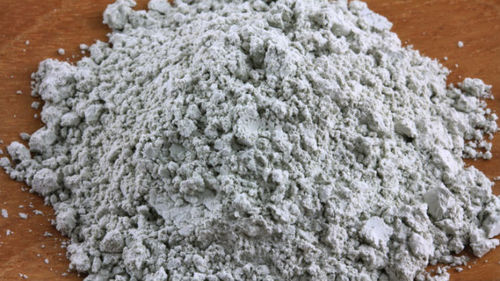Some new problems in the use of fly ash

For current ready-mixed concrete, the quality of fly ash is crucial. Also known as fly ash, the performance of concrete produced by adding high-quality fly ash and inferior fly ash is very different. Poor quality fly ash not only fails to improve the performance of concrete, but also causes many problems. Nowadays, it is difficult to judge the quality of fly ash through the existing conventional testing methods of ready-mixed concrete companies.
Abnormal phenomenon in the application process of fly ash
(1) Poor workability of concrete
Workability is an important indicator for evaluating the performance of fresh concrete, and it is also a content that construction units pay most attention to and directly affects the use of concrete. The concrete ejector produced by the ready-mixed concrete company is not significantly different from normal concrete, but after a period of time, a large amount of water will be precipitated, which will cause the segregation and stratification of the concrete, and cause serious engineering quality accidents after pouring.
(2) Concrete produces the smell of ammonia gas
Concrete produced with this fly ash often had a strong ammonia odor that gradually became stronger as the agitation continued. After checking the raw materials used for the concrete in question one by one, it was found that all the materials did not have any peculiar smell when they were inspected individually, except that the fly ash and cement were mixed with water and mixed with water, and a strong smell of ammonia appeared.
(3) Concrete setting time is prolonged
Combined with the demolding time of the construction site and the setting time of the self-retained test block of the ready-mixed concrete company, it is found that the setting time of the concrete is significantly prolonged. Under normal circumstances, the final setting time of concrete is about 8 to 10 hours. After using this fly ash, the final setting time of concrete reaches 18 to 20 hours.
The extension of the final setting time not only delays the construction progress, but also this change cannot be predicted in advance, nor can it be detected by normal detection methods. In this way, in the case of normal production of ready-mixed concrete, the concrete structure is demolded according to the normal time. After the demold is removed, the degree of hardening and strength growth of the concrete has not yet reached the demolding conditions, and even the local part has not yet set. Defects are naturally inevitable, and even cause more serious consequences.
(4) The strength of concrete is reduced
After many tests, it has been found that the compressive strength of the standard curing test block is lower than the normal value when the concrete prepared by using ammonia-flavored fly ash has good workability.
(5) Concrete structural defects
Due to the poor workability of concrete, long setting time, and reduced strength, the time for demolding of concrete structures should be appropriately extended. However, because all material testing results were normal and production conditions were normal, problems were not anticipated in advance, and no corresponding measures were taken. Preventive measures; then the formwork was removed at normal time. After the formwork was removed, it was found that the strength of the concrete did not meet the conditions for formwork removal, and the local or even not completely hardened, resulting in a large area of form sticking or even falling off.
Reasons for abnormal fly ash
As a widely used material in modern commercial concrete, fly ash is also increasing in demand. The fly ash market is in short supply, causing many material suppliers to start cheating and shoddy products. For example, some material suppliers grind the bottom ash and slag and mix them into high-quality fly ash, while concrete enterprises often fail to find problems in the conventional technical means of testing according to the current fly ash-related standards and specifications. During the production process, even after the pouring is completed, this lag is usually accompanied by huge economic losses and even fatal accidents.
The fly ash desulfurization process causes a large amount of ammonia salts to exist in the fly ash, and releases pungent ammonia gas when encountering an alkaline environment such as cement. The enrichment of phosphate or sodium sulfite in some fly ash will cause problems such as long setting time and reduced strength of concrete.
